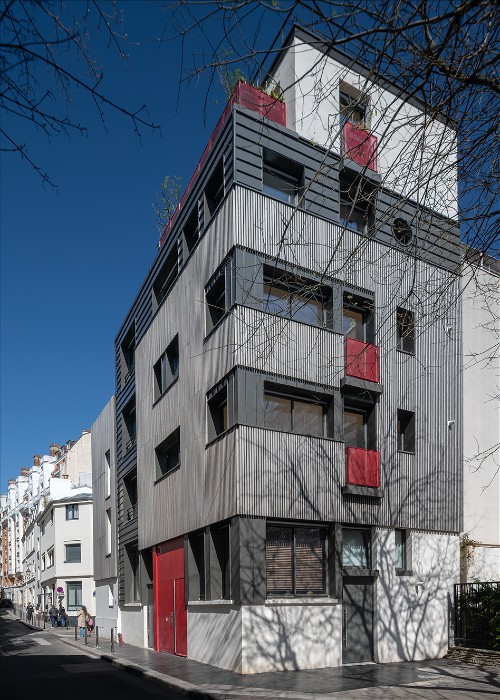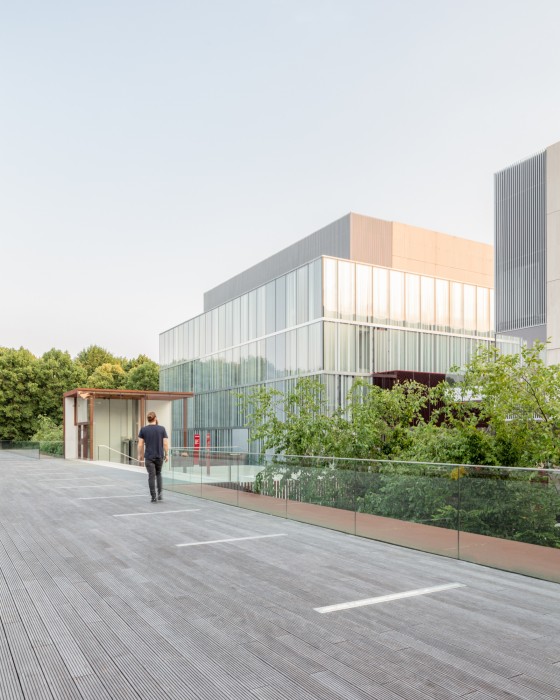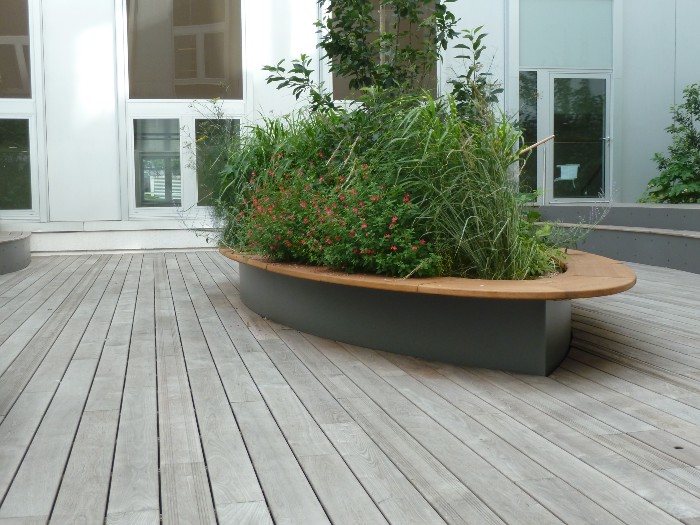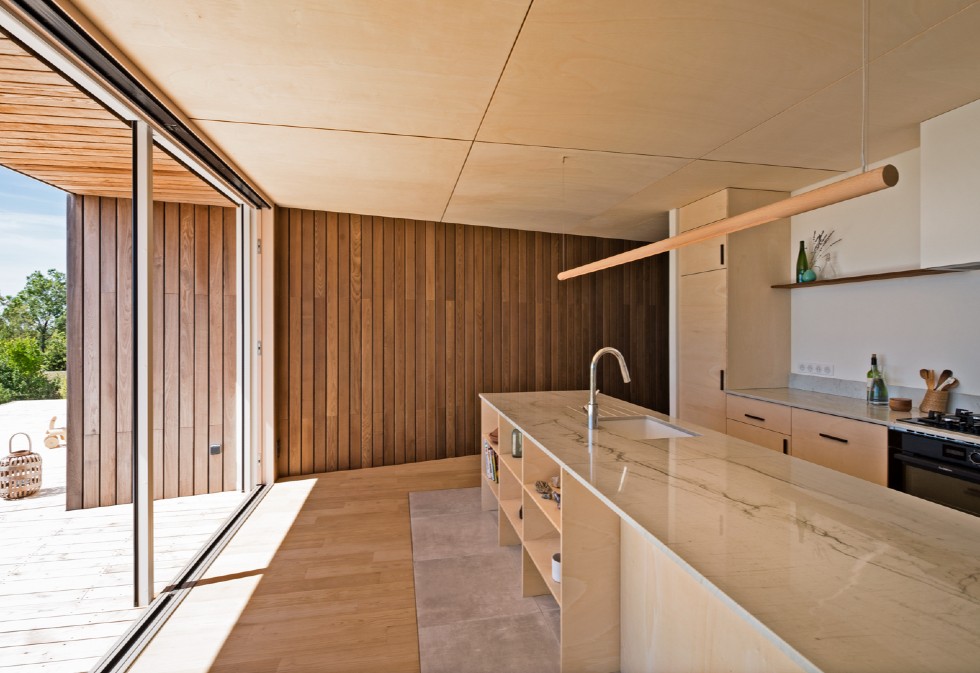Wood & ecological urban planning: towards low-carbon cities
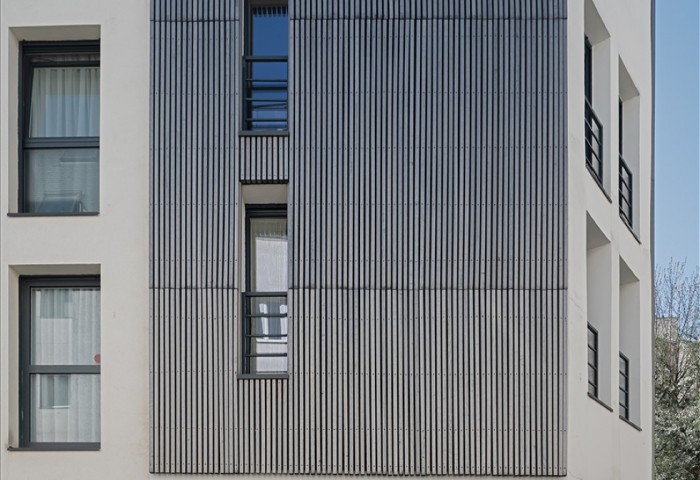
Cities are changing — and so are the materials
Cities are responsible for over 70% of global CO₂ emissions. In the face of the climate emergency, public policies, architects, and developers are fundamentally rethinking how buildings are designed. Low-carbon urban planning is now a strategic priority: fewer emissions, lower energy consumption, and greater resilience.
In this context, bio-based materials — renewable, natural, and low-impact — are emerging as essential allies.
Among them, solid wood, particularly european hardwoods like oak, ash, and poplar, plays a key role in sustainable architecture and construction.
A complete range of european hardwoods solutions for building professionals
We support building professionals — carpenters, joiners, architects, builders, landscapers — with a range of hardwood products designed for demanding, contemporary, and environmentally responsible projects:
Rough sawn solid wood
→ Primarily oak, ideal for traditional timber frames, structural components, or outdoor structures.
Structural timber & railway sleepers
→ For urban landscaping, retaining structures, technical constructions, or landscape design.
Solid wood panels & laminated components
→ Durable and stable solutions for interior fittings, joinery, custom-made doors, windows, and furniture.
Wood cladding
→ Aesthetic and long-lasting, in heat-treated poplar, oak, or other hardwoods, available in natural or pre-weathered finishes for immediate integration.
Decking & boardwalks
→ Weather-resistant hardwoods, perfect for public spaces, walkways, promenades, or high-end terraces.
All our wood is sourced from sustainably managed forests and processed locally, ensuring quality, traceability, and short supply chains.
RE2020 in France: a new era for construction
The RE2020 environmental regulation now sets limits on greenhouse gas emissions over a building’s entire life cycle. This encourages developers to choose materials with a reduced carbon footprint, without compromising on durability or performance.
Thanks to its natural properties, wood helps meet RE2020 targets while enhancing architectural value:
-
Natural carbon storage
-
Much lower carbon footprint than conventional materials
-
Easy to reuse or recycle
-
Suitable for all types of projects (new builds, renovations, extensions)
A more systemic approach to timber architecture
From structural frameworks to exterior design and cladding, wood is finding its place across all areas of construction. By combining performance, beauty, and sustainability, it offers professionals a comprehensive solution to the challenges of sustainable urban living.
In conclusion
Integrating wood into modern urban planning is not just a technical or aesthetic choice — it’s an environmental commitment. With high-quality solid wood products made from local, responsibly sourced hardwoods, we support professionals in building the low-carbon cities of tomorrow.

